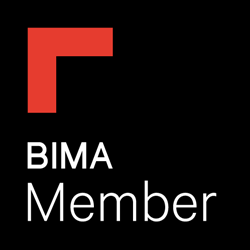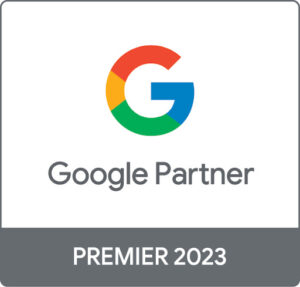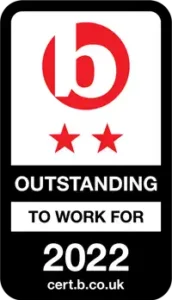My love for digital marketing stems from its constant state of innovation. With ongoing algorithm updates and new features being constantly released throughout the year, it invites us to reinvent new digital strategies to drive traffic and increase revenue. But more importantly – keep the client smiling!
Suggesting new strategies offers limitless possibilities. With the updates and new trends, it invites us marketers to stay up to date with new tech developments and channels to stay ahead of competitors.
Here at Seed, we have dedicated one afternoon a week to learning and developing new skills to utilise for our clients as well as our agency internally. For my learning project, I decided to take a deeper look into how we can incorporate an automated online chatbot on the website of one of our e-commerce clients to help improve user experience, drive traffic and boost revenue.
What is an automated online chatbot?
In its basic form, automated online chatbots are a computer program that simulates human conversation. This can be applied and utilised in many ways across many industries, however, chatbots in online retail are the most accepted by customers (IBM, 2017).
How can automated online chatbots be used?
Offering an automated online chatbot to a website, e-commerce or lead generation, gives users an opportunity to ask for help without the need for social interaction. According to IBM (2017), chatbots can save up to 30% in customer support costs. Automated bots can run 24/7, answer popular questions while also extracting user data for future marketing use. Competition is surprisingly low, in 2018 the number of UK sites using this technology was just over 2,600 (Finlay, 2018).
Researching the Online Chatbot
My research mainly involved watching instructional YouTube videos and reading various chatbot related articles. The initial challenge was to use as little budget as possible, and so we found a tool that was a free automated chatbot platform offering a number of integrated services. Without having the skills to build a sophisticated automated customer support assistant, I decided to use the bot more in the sense of an interactive offer, rather than 1 to 1 support.
The Challenges of Using an Automated Chatbot
While chatbots are most often seen in B2B industries, less than 1% use them on their sites (Finlay, 2018). So why is there so much hesitancy and resistance surrounding this subject? We cannot assume automated chatbots will always be accepted by consumers, some may hate the idea of talking to a machine and potentially reject the brand altogether.
Think about when you last interacted with a chatbot, did you find it frustrating when it couldn’t recognise your question? Was the provided answer so vague that it was no help at all?
Users feel satisfied when they interact with another human, they can explain their issue in natural language rather than overthinking their keyword choice. So how can you make an automated chatbot that doesn’t annoy the users? Use personality, use human emotions, use light-hearted responses. When users reply with ‘thank you’, programme the chatbot to say ‘you are very welcome, is there anything else I can help you with today?’, it’s the little interactions that engage the users and make them feel less like they are talking to a robot. Ultimately, the most important element is optimisation. You will come across new interactions every day, prioritise time to analyse these user interactions and update responses to improve its intelligence and sophistication to the most popular questions.
Implementing the Chatbot Strategy
The client offers a 10% discount on the customers first order if they sign up to their newsletter, the objective was to make this offer more prominent throughout the site. The bot image in the bottom right corner features ‘Get 10% Off First Orders’ as an encouraging CTA to entice the visitor.
Once clicked, the user will be asked if they would like the offer and for their name and email address. The email address is then extracted using a web hook and imported to the client’s CRM system. Following this, the user will automatically receive an email with the 10% off welcome code to be used at the checkout. If the user signals in any way that they are not interested, the customer service contact details are provided as a form of alternative support; also including a humanised message from the bot.
Results
The bot proved to be a success, not only improving newsletter sign-ups, but increasing conversions. The client is pleased with the results and has agreed to keep the bot running as we continue to improve its communication with the users.
With a constant stream of new features to explore in our industry, go out and dedicate your time to learning something new. Think about how you can apply this to your current marketing strategies.
In March, we saw a 55% increase in newsletter sign-ups, 482.8% increase in revenue through email marketing and an increase of 200% in transactions with the bot!
Smiles all round.
Sources:
https://www.ibm.com/blogs/watson/2017/10/how-chatbots-reduce-customer-service-costs-by-30-percent/
https://www.drift.com/wp-content/uploads/2018/01/2018-state-of-chatbots-report.pdf








